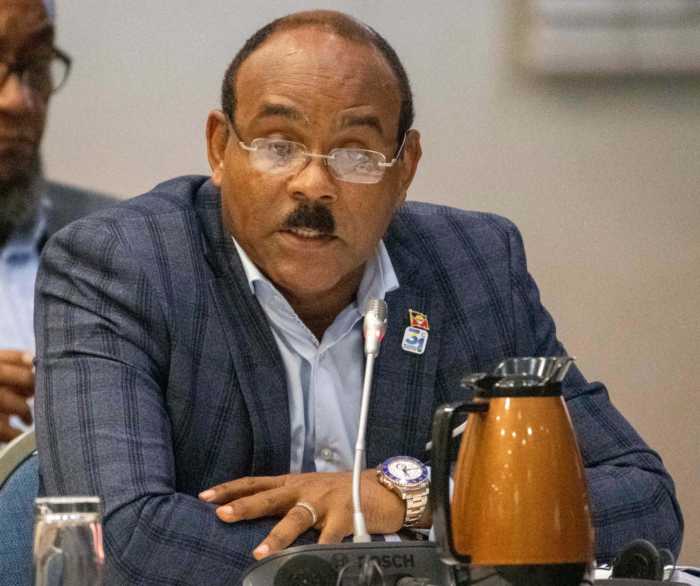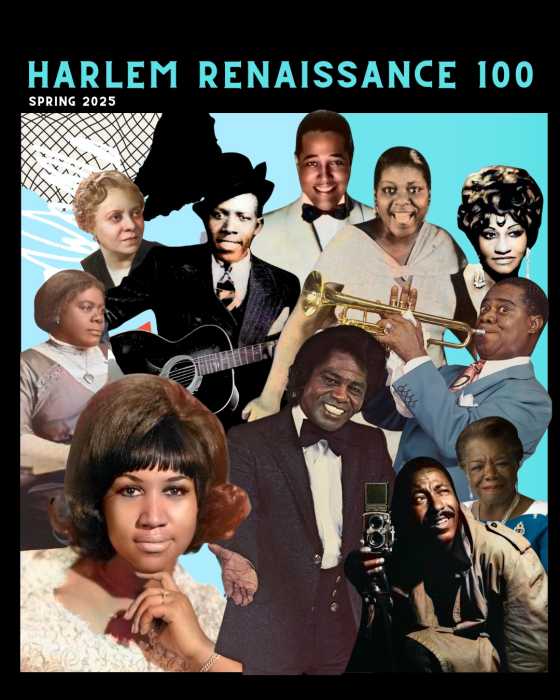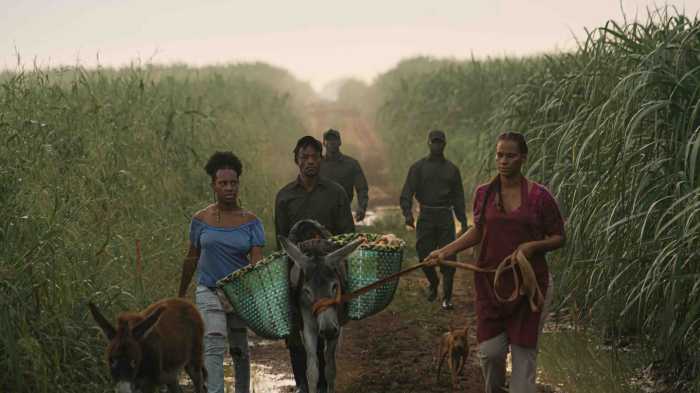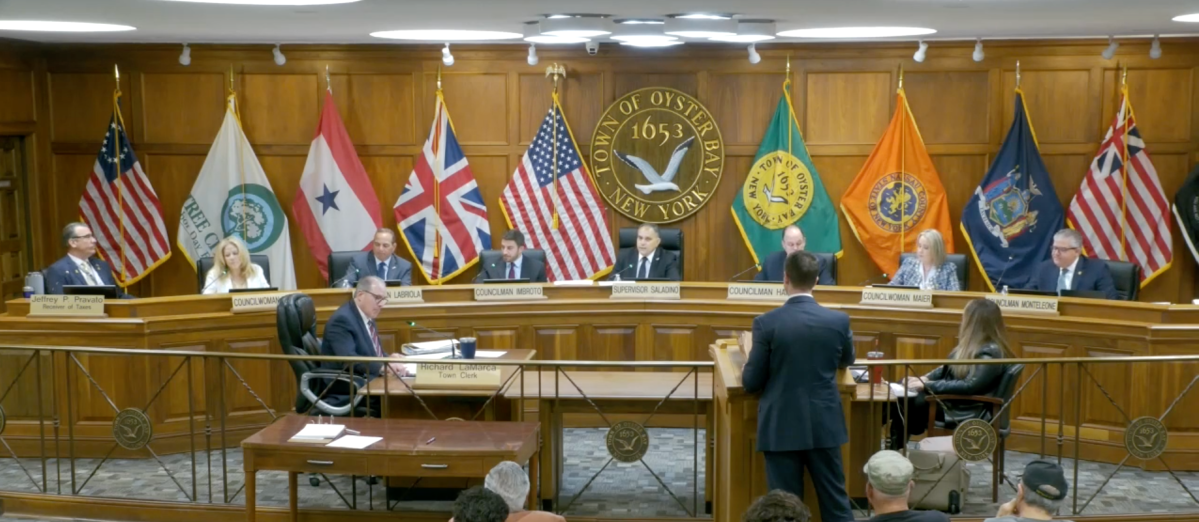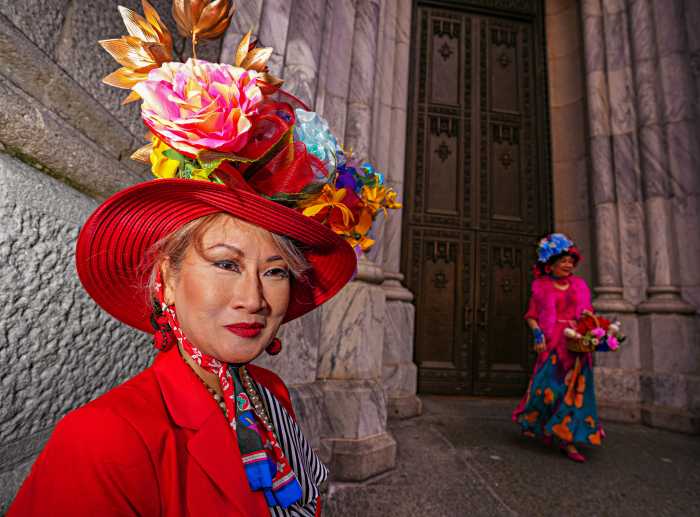The United State Department’s International Narcotics Control Strategy Report (INCRS) has branded the Eastern Caribbean (EC) as a “transit point for drug traffickers going to the United States and Europe.”
According to its report released last month, the Eastern Caribbean have abundant transshipment points for the illicit drugs, primarily from Venezuela destined for North American, European and domestic Caribbean markets.
The report noted that marijuana remains the most commonly used illegal drug within the region and many of the homicides that occur in the seven countries are as a result of turf wars between organized groups fighting for control of drug distribution.
St. Vincent, it said, continues to be a primary source for marijuana in the Eastern Caribbean.
It states while the region’s drug of choice is marijuana, abuse of over-the-counter pharmaceutical drugs is on the rise, and local cocaine use and heroin is rare.
Data provided by the Drug Enforcement Administration (DEA) indicate that, during the first nine months of 2016, drug seizures in the Caribbean totaled 1,03.8 kg of cocaine and 196.65 metric tons of marijuana and, in the same time period, there were 159 arrests in connection with drug trafficking.
The State Department reports that law enforcement capacity in the region is under increasing stress and, while Eastern Caribbean governments made some improvements, their criminal codes remain antiquated.
The United States encourages the seven EC countries to continue to pass legislation to modernize their criminal codes, making use of regional best practices in fighting transnational organized crime.
The report said no senior government official in the Eastern Caribbean were prosecuted for engaging in or facilitating illicit production or distribution of controlled drugs or laundering of proceeds from illegal drug transactions.
Nonetheless, many observers believe that drug trafficking organizations sometimes elude law enforcement through bribery, influence, or coercion.





